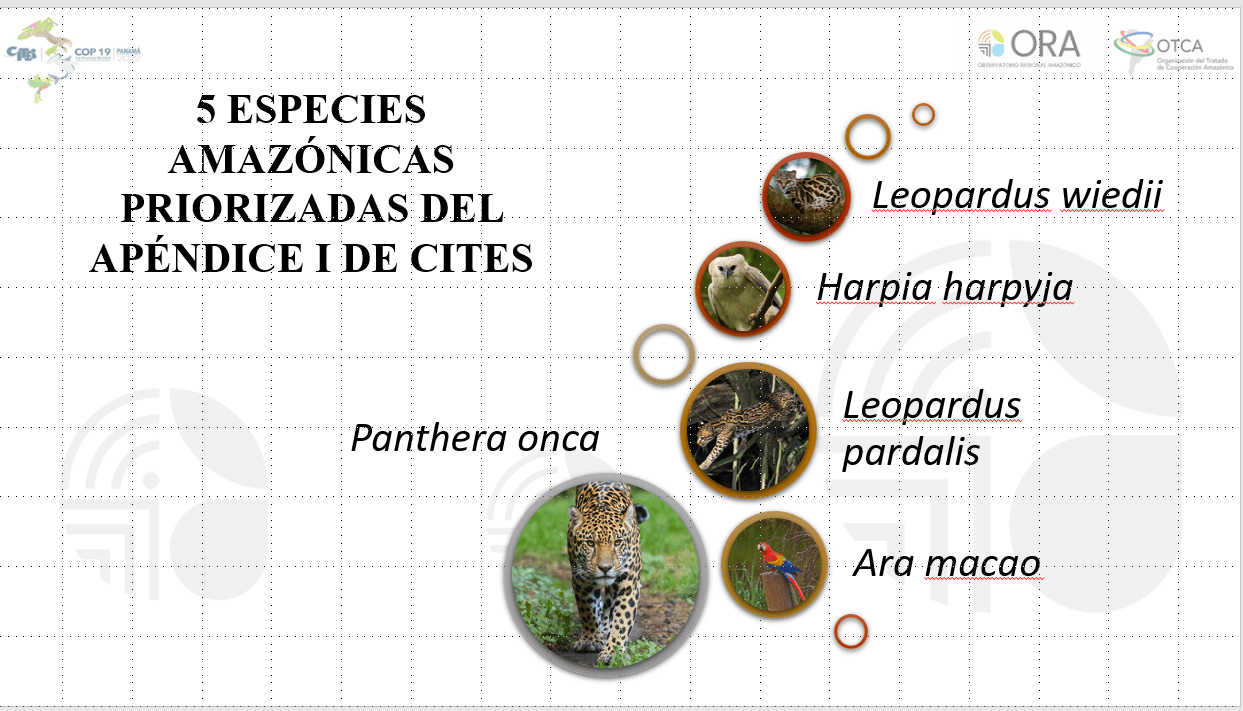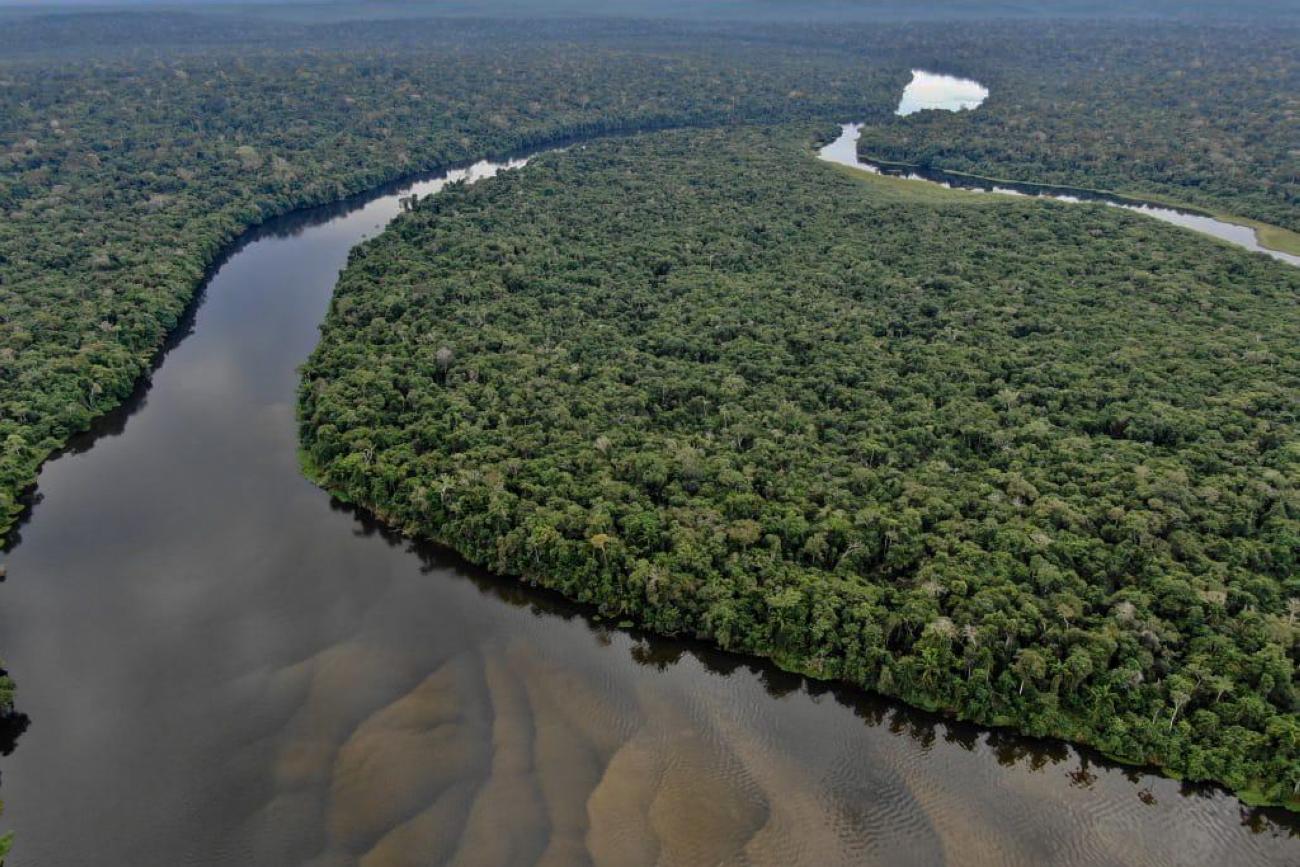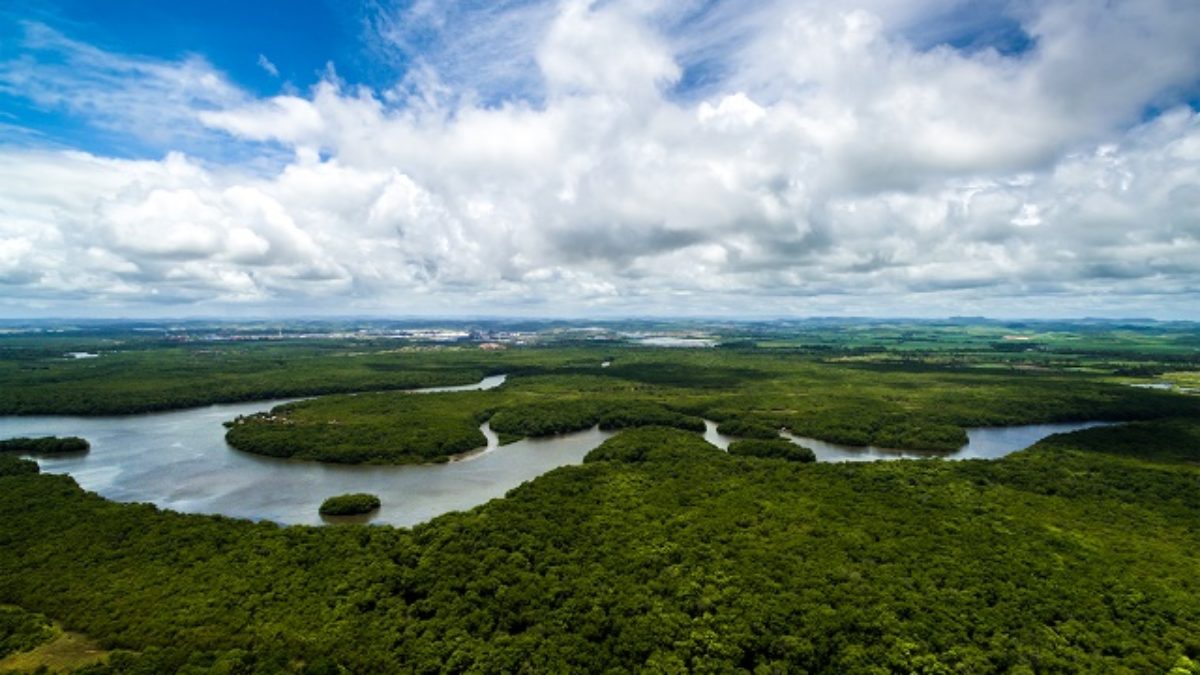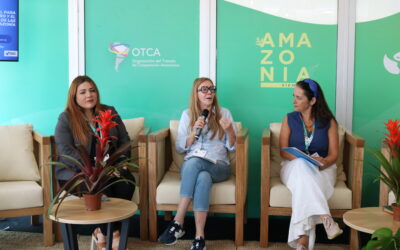The study was carried out within the scope of the ACTO Amazon Regional Observatory.
The Amazon Cooperation Treaty Organization presented the potential and results of the Amazon Regional Observatory at a parallel event held during the 19th Conference of the Parties to the Convention on International Trade in Endangered Species of Wild Fauna and Flora.
At the event held on November 24, in Panama City, the technical report “Illegal Wildlife Trade of Five Prioritized Species of Appendix I of CITES Emblematic for the Amazon Region” was launched.
Natalia Méndez, ACTO consultant on illegal trafficking, presented the main results of the consultation. The five CITES Appendix I species prioritized in this work were: Panthera onca; Ara macao; Leopardus pardalis; Harpy harpyja; and Leopardus wiedii.
A geographic dashboard and viewer was also developed, available at https://oraotca.org/cites/reportes/trafico/dashboard/
The Technical Report on Illegal Wildlife Trade of Five Prioritized Species of Appendix I of CITES Emblematic for the Amazon Region is available in Spanish and English
Discussion
In the first segment of the event, the Head of the Legal Unit of CITES, Juan Carlos Vásquez, on behalf of the Secretary General of CITES, thanked ACTO’s presence at the CoP19, presenting its work in the Amazon. “We believe it is very important to reflect on the ecosystem approach to species, which is an opportunity for us to work together on the theme. The Observatory is very important for developing regional capacity and can be an important partner as another center for scientific production,” he said.
For Mauro Ruffino, coordinator of the Bioamazon Project and the Amazon Regional Observatory, this was an opportunity to present the Organization’s actions to the international community as tools for the Management, Monitoring and Control of Endangered Fauna and Flora Species in the Amazon.
Ruffino highlighted some results achieved by the Bioamazon Project, such as 18 national management programs implemented; 18 species in management programs; a proposal of species/genus to be listed on CITES Appendix II developed and approved.
Under Component 1 – National and regional information and knowledge management systems – the Amazon Regional Observatory (ARO) was implemented. The capacity of 13 national institutions and 15 national systems of Member Countries was also strengthened.
In Component 2, the results were two countries (Brazil and Venezuela) with functioning electronic authorization systems and six countries (Bolivia, Colombia, Ecuador, Guyana, Peru and Suriname) with systems in the validation and testing phase.
In Component 3, 21 sustainable management and traceability initiatives of Amazonian species were carried out and four national commercial chains equipped and monitored with facilities, traceability tools and training.
Mauro Ruffino also presented the Amazon Regional Observatory and its Modules. He highlighted the CITES Module and the support of the Amazonian Countries for the development of ARO, as well as the financial support of KfW.
Amazon Countries
Representing Brazil, the Director of Sustainable Use of Biodiversity at the Brazilian Institute of the Environment and Renewable Natural Resources (Ibama), João Pessoa, presented Brazil’s advances and successful experiences in the implementation of CITES within the scope of the Bioamazon Project and the Amazon Regional Observatory. Pessoa highlighted the studies on Potamotrygon sp. which allowed Brazil to submit to CITES the proposal for the inclusion of freshwater stingray species in Appendix II of CITES, approved at COP19.
Carliz Díaz, General Director of the Ministry of Biological Diversity of Popular Power for Ecosocialism (MINEC) mentioned the purchase of equipment and the studies carried out in Venezuela for the implementation of CITES, highlighting the Management Plan for the Conservation and Sustainable Use of Continental Turtles in the State of Amazonas, which received support from the Bioamazon Project.
Closure
In the third segment of the side event, Daniel Wolf, from the Federal Agency for Nature Conservation, was impressed with ACTO’s commitment and the development of activities in the Amazon. “I think the Amazon Regional Observatory can be very useful for sharing results,” he said.
Florian Arneth, KfW’s Tropical Forest Portfolio Manager, participated through a video in which he highlighted that ACTO, as a regional organization of the Amazonian Countries, has enormous potential to contribute to the achievement of important common objectives. “The Amazon Regional Observatory constitutes an important tool to implement digital solutions that strengthen the management of the Member Countries”, he stated.
Published in Boletim Bioamazônia, n. 18, November-December 2022.
====================================================



